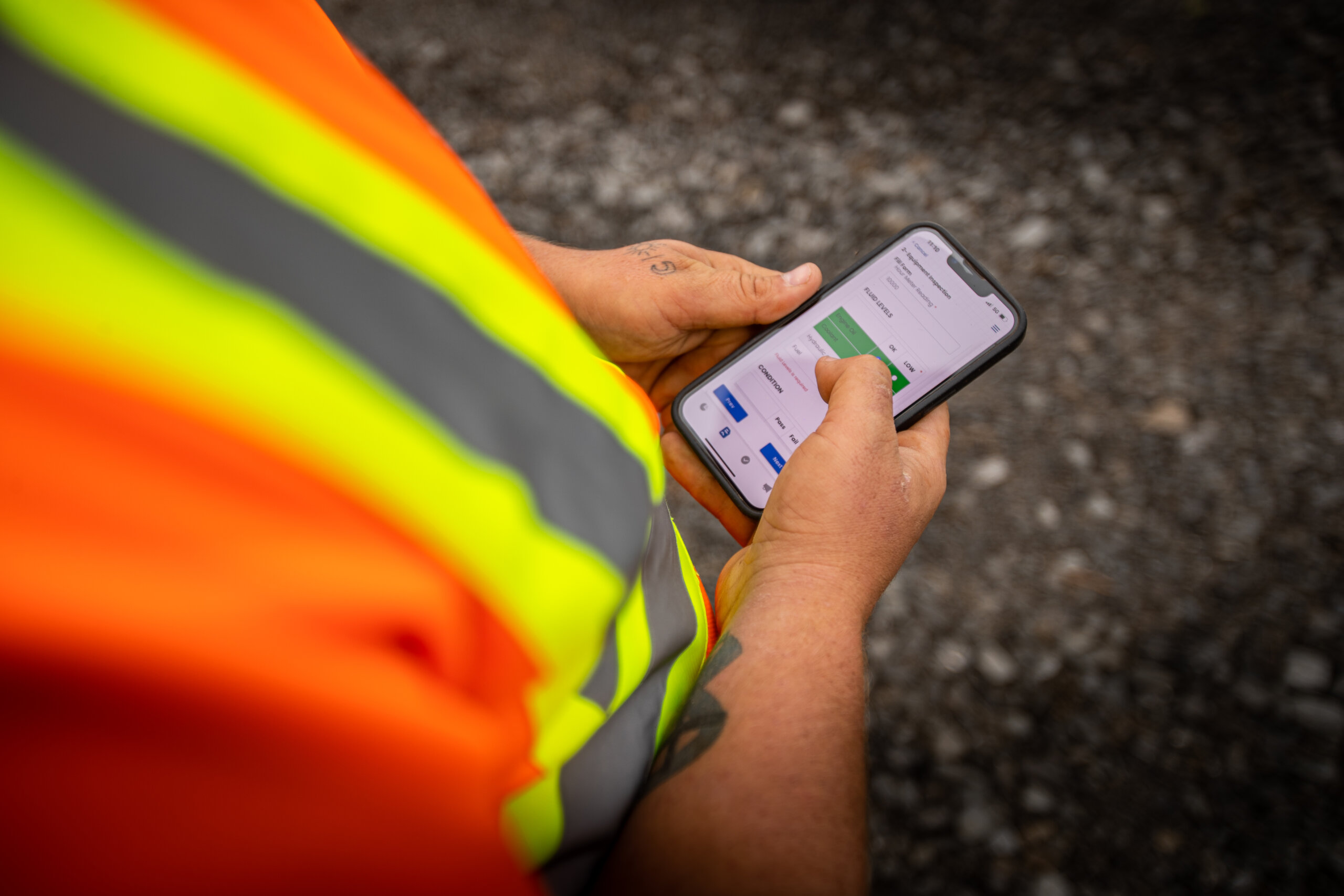Paper forms have long been the go-to method for documenting incidents on construction sites. But in an industry where time, accuracy, and compliance matter, more companies are making the switch to digital incident reporting—and for good reason.
In this post, I’ll explore the key benefits of going digital, the limitations of paper-based processes, and how mobile-friendly solutions are transforming jobsite safety documentation.
The Problem with Paper
Paper forms are easy to understand, but not so easy to manage. On a busy jobsite, reports get misplaced, damaged, or delayed. Important details are missed, handwriting is illegible, and completed forms can sit in a truck or trailer for days before they’re submitted. That lag can create compliance risks, delay investigations, and make it harder to spot patterns across incidents.
Paper forms also make it harder to track trends over time. If reports are sitting in a filing cabinet (or scattered across multiple offices or truck dashboards) it’s difficult to analyze them or extract meaningful insights.
Choosing the right safety tools can eliminate repetitive admin work and keep your crew focused on the field.
Why Digital Incident Reporting Works Better
Digital reports offer several key advantages over paper:
- Real-time submission: Reports can be filled out on-site from a phone or tablet, reducing delays.
- Required fields: Digital forms can be configured to prevent submission until key information is filled out, reducing errors.
- Improved accuracy: Drop-downs, checkboxes, and auto-filled fields make forms faster and more consistent.
- Automatic timestamps: Every report is logged with date, time, and user info. No guesswork needed.
- Centralized records: All reports are stored in one place and easily searchable for audits or trend tracking.
Instead of chasing paperwork, safety managers can act on reports as soon as they’re submitted.
Better Safety Outcomes and Compliance
Digital reporting helps supervisors respond to incidents faster. That means quicker investigations, clearer accountability, and more effective corrective actions. It also strengthens compliance. For companies aiming for COR, ISO, or OSHA recordkeeping alignment, digital reports ensure every form is complete, legible, and time-stamped.
Read more about how digital document management improves safety, inspections, and compliance: The Benefits of Digital Document Management in Construction
Mobile reporting also encourages more frequent submissions. When workers know they can pull out their phone, fill in a few fields, and hit submit—it’s a lot more likely to get done.
It’s Not Just About Technology—It’s About Culture
Adopting digital reporting isn’t just about replacing paper; it’s about making reporting easier, faster, and part of daily jobsite routines. When reporting is simple and supported, workers are more likely to do it. That leads to better data, better safety, and better outcomes.
What to Look for in a Digital Incident Reporting Tool
Not all digital tools are created equal. When evaluating software for incident reporting, look for features that simplify reporting in the field and ensure complete, accurate records.
Mobile access is key. Your team should be able to submit reports from any jobsite, on any device. The tool should also include:
- Customizable templates
- Required fields to reduce errors
- Offline functionality
- Centralized storage for easy access and audits
Bonus points for automated reminders, photo attachments, and analytics to help you identify safety trends.
Looking to go fully digital? Corfix helps construction companies manage safety forms, incident reports, inspections, and more—right from the field.
📖 Read: Why Corfix Is the Best Tool for Digital Construction Incident Reports
📽️ Watch: How Corfix makes digital incident reporting easy, fast, and field-ready.👇
Book a quick walkthrough of our software with an expert today.
